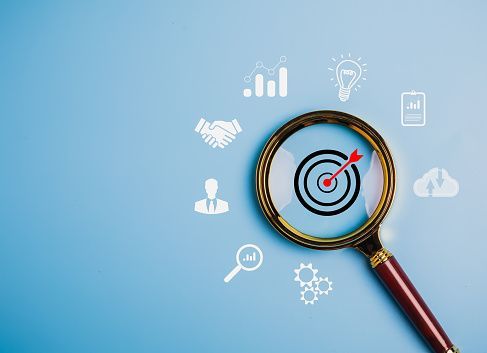Reaching Your Dreams by Focusing on Clear Goals

At just 19 years old, Manjit Minhas embarked on an ambitious journey to start her own wholesale liquor business. Her success didn’t happen overnight; it was the result of careful planning and determination.
One of her key strategies was setting SMART goals—Specific, Measurable, Achievable, Relevant, and Time-bound. This method helped her clarify what she wanted to achieve and keep her focus sharp.
Daily reviews of her goals were also crucial. By regularly checking her progress, she could make adjustments and stay on track. Manjit understood that surrounding herself with experienced mentors made a huge difference. These mentors provided invaluable advice, sharing their insights and helping her navigate challenges she faced in the industry.
Additionally, creative negotiation played a vital role in her business dealings. Manjit learned to approach negotiations with flexibility and open-mindedness, allowing her to find win-win solutions that benefited both her and her partners. This combination of setting clear goals, seeking mentorship, and honing her negotiation skills not only set her apart from others but also laid the foundation for her successful business.
Today, Manjit Minhas serves as an inspiration to young entrepreneurs everywhere, showing that hard work and smart strategies can lead to incredible achievements.

